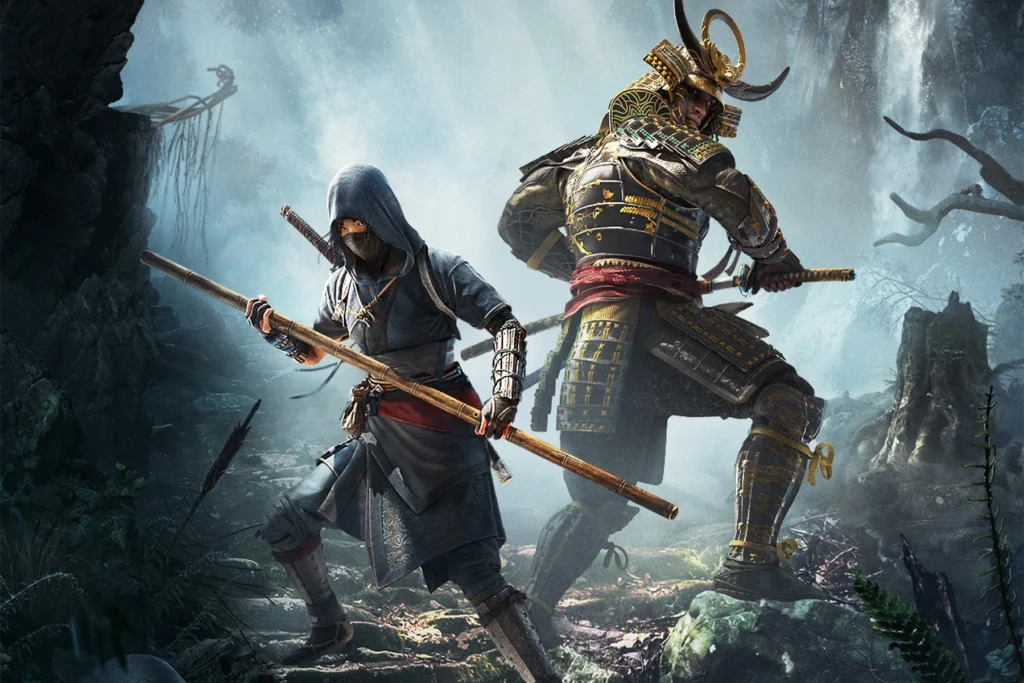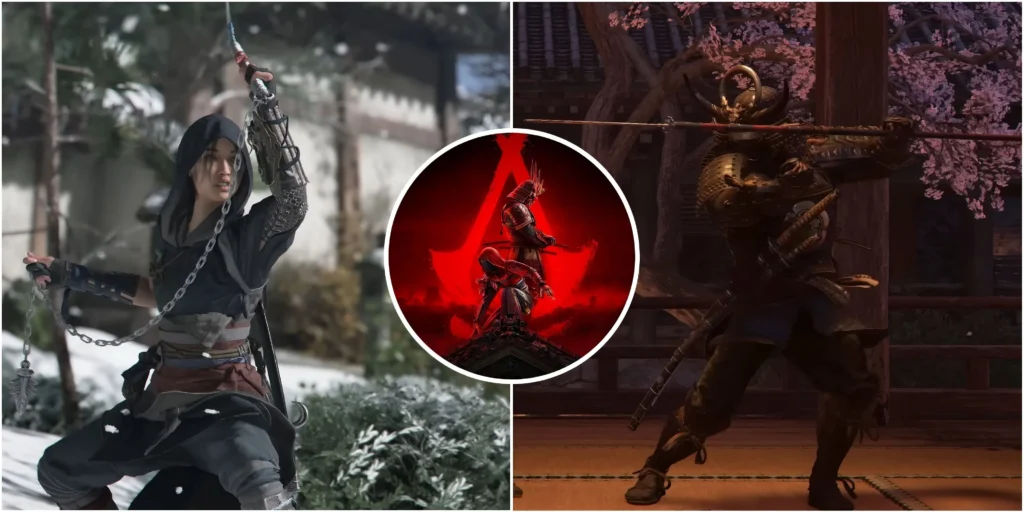Assassin’s Creed Shadows redefines the way in which enemies are designed by integrating new adversaries who serve as more than just combat obstacles. These carefully designed enemies form the core of the emotional story, generating tension that extends beyond the main questline.
AC Shadows’ comprehensive enemy ecosystem demonstrates how secondary enemies can transform routine exploration into meaningful interactions that drive character and world-building. Ingametor.com has extensive guides and strategies on AC Shadows complex enemy systems.
The game’s enemy factions add layers of narrative depth to the main storyline, which follows Naoe and Yasuke on their journey through feudal Japan. This is something that linear storytelling can’t do. The supplementary enemies add to the themes of war and honor that characterize the Sengoku era. These enemies’ interactions with the environment, and their responses to player actions, create a world that is alive and breathing. Every conflict has a bearing on the overall narrative.
These additional enemies are strategically placed throughout Japan, and each faction represents a different aspect of the social upheaval of that time. These enemies, from bandit groups fighting for survival to organized criminal syndicates exploiting war chaos, represent the human cost of unification conflicts.
Table of Contents
Hunters of Kyonyo Locations Assassin’s Creed Shadows
Hunters of Kyonyo is a great example of how narrative tension can be created by adding more enemies. These bounty hunters are more than just side content. They represent the personal vendettas, generational conflicts and feudal Japanese culture.
The emotional undercurrent created by their presence in the Kii Province enhances the story’s themes about loyalty, betrayal and redemption. Players can discover their strategic positioning and comprehensive Hunters of Kyonyo location guides to reveal how these encounters have been designed to complement the main narrative arc.
Enemy Types Difficulty Ranking and Narrative Impact
AC Shadows’ seven enemy types are designed to increase tension in the narrative rather than just create combat challenges. Each enemy type serves a specific narrative purpose that adds to the emotional journey of both protagonists.
The desperate civilians caught in the middle of warring factions are represented by outlaws and bands. Their presence in remote regions tells the tale of economic and social collapse that comes with prolonged war. These encounters reveal the environmental narratives of abandoned villages, interrupted trade routes and the human costs of political ambition.
These more complex enemy types, such as organized crime syndicates or religious zealots introduce moral questions which challenge the players’ assumptions of justice and righteousness. These enemies often have legitimate grievances, which forces players to think about the wider implications of their actions in the historical context.

AC Shadows All Enemy Types Create Emotional Resonance
AC Shadows’ clever enemy design is in the way these new adversaries can create emotional engagement in even minor encounters. Each enemy faction has distinct motives, visual designs, and behavior patterns that communicates their role in a broader narrative, without the need for explicit exposition.
The protagonists are mirrored by religious militants. The extreme devotion they have to their cause is a reflection of the themes of faith and honor that drive Naoe and Yasuke. Players are forced to consider the fine line that separates righteousness from zealotry when they face these enemies.
Merchant guild enforcers are the economic forces driving much of the conflict during this period. The presence of merchant guild enforcers in trading posts and commercial areas allows players to better understand the impact of warfare on civilian life.
Environmental Storytelling Through Enemy Placement
The strategic placement of enemies in AC Shadows is a way to tell a story without having to rely on exposition. The invisible narrative maps created by enemy camps, patrol routes and territorial boundaries guide the player through the thematic content of the game.
Encampments of bandits near villages that have been destroyed tell tales of economic and social desperation. Strongholds of religious militants in sacred places explore themes such as faith corrupted through political ambition. The criminal syndicates operating in urban areas show the collapse of social structures in times of war.
The spatial storytelling method allows players to build their own understanding of historical periods while still engaging with the gameplay. The enemies are now living elements of the historical narrative, rather than just arbitrary obstacles.

Conclusion: The Narrative Power of Additional Adversaries
AC Shadows shows how enemies can go beyond their traditional role of combat challenges and become integral narrative elements. These supplementary antagonists create emotional depth through careful design, strategic positioning, and thematic inclusion. They also provide meaningful content for exploration, discovery, and exploration.
Hunters of Kyonyo, and other similar groups, represent the pinnacle of the design philosophy. They prove that secondary characters can have a significant narrative impact when they are properly integrated with the game’s larger themes. AC Shadows is transformed into a complex reflection on war, honour, and the human costs of historical change by their presence.
This innovative approach to enemy creation establishes new standards in how additional antagonists can contribute to narrative construction within open-world games. It creates experiences that are emotionally resonant long after the credits have rolled.



